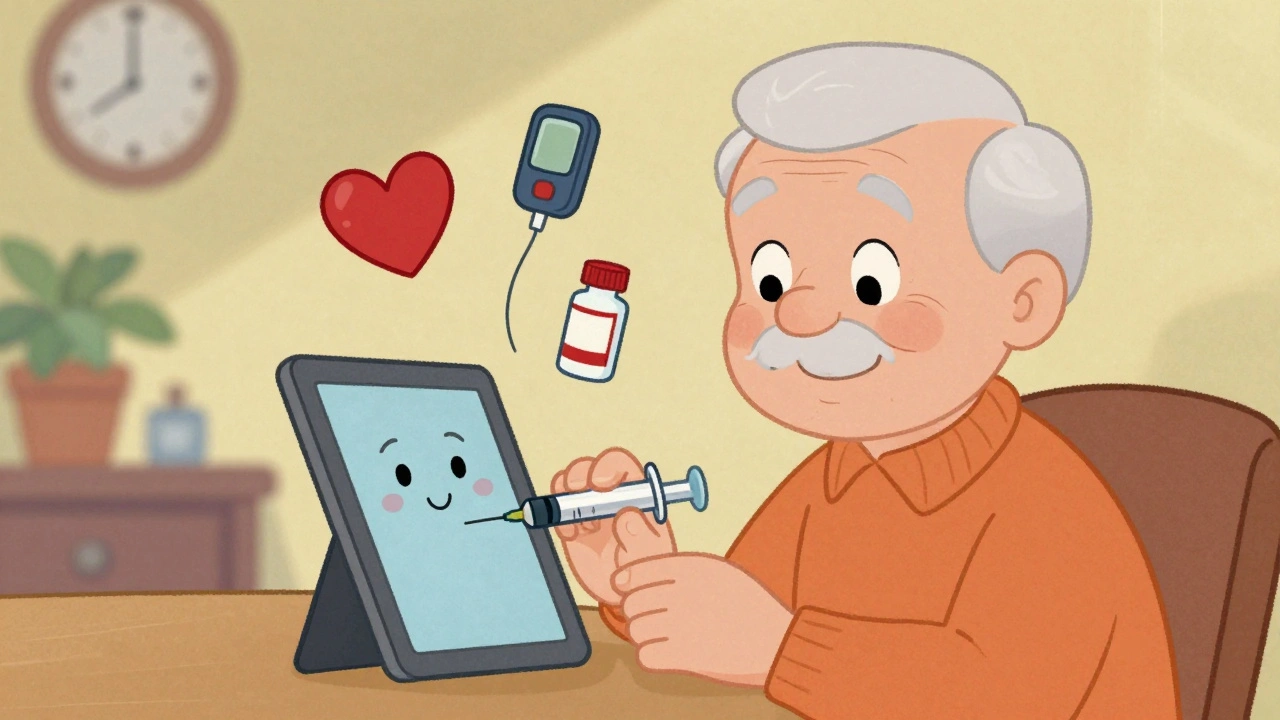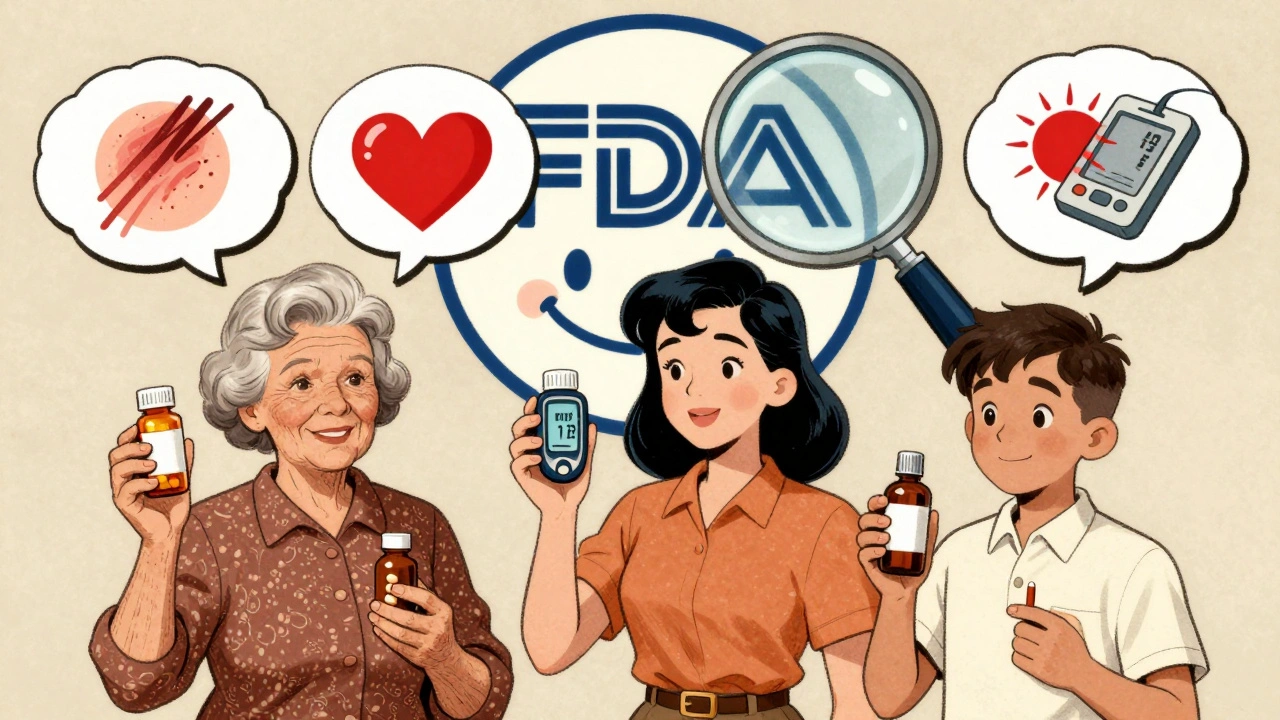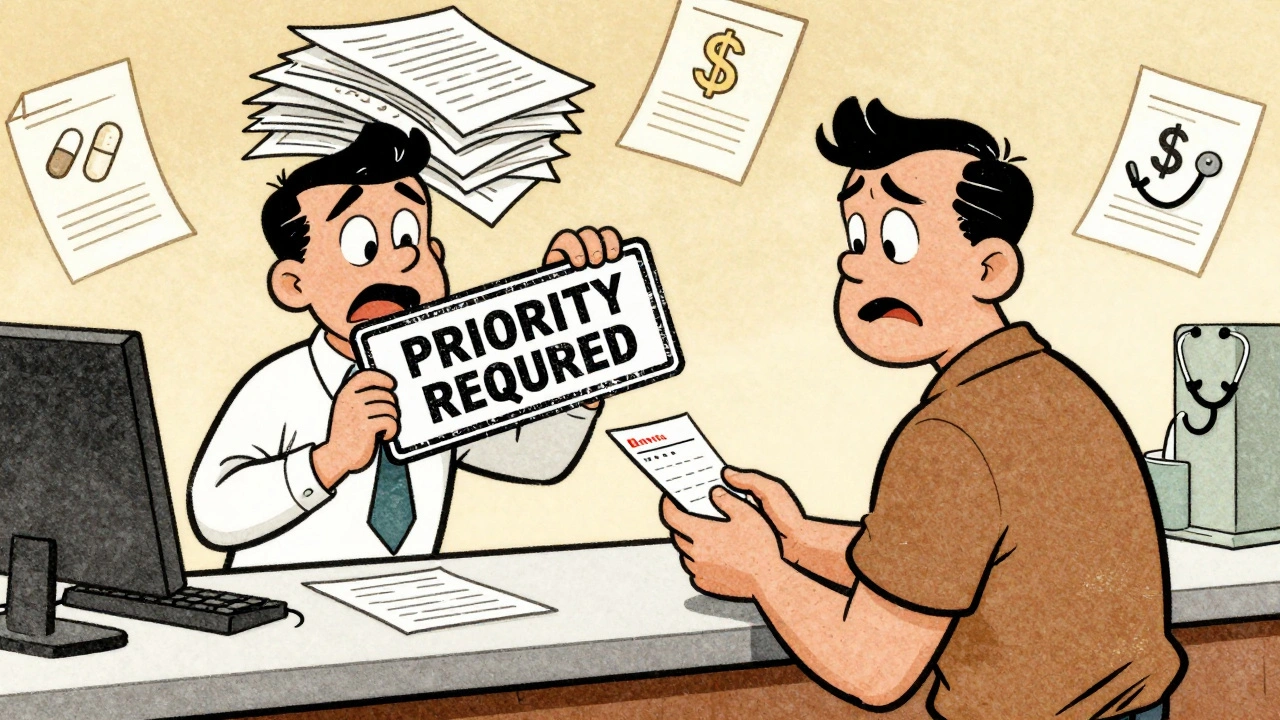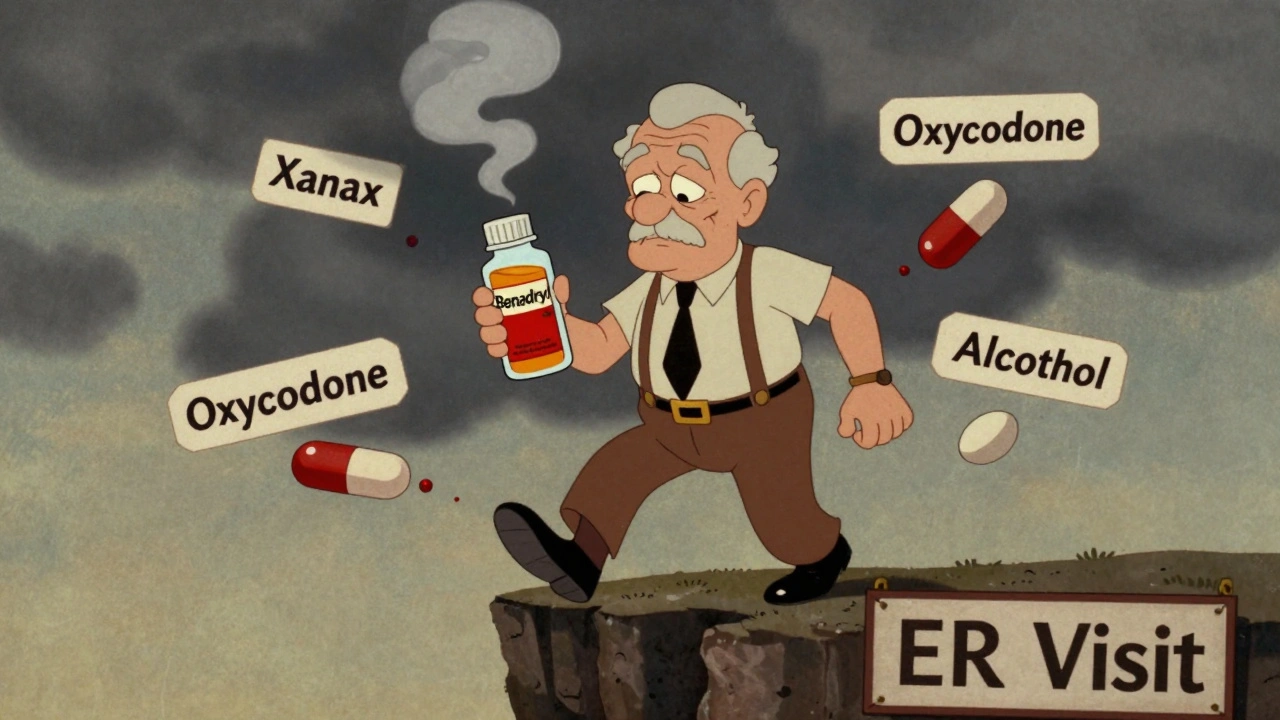True Penicillin Allergy: What It Really Means and How It Affects Your Treatment Options
When someone says they have a true penicillin allergy, a confirmed immune system reaction to penicillin antibiotics that can cause hives, swelling, breathing trouble, or anaphylaxis. Also known as penicillin hypersensitivity, it’s one of the most commonly reported drug allergies—but up to 90% of people who think they have it don’t actually react when tested. Many people outgrow it, or were misdiagnosed after a harmless rash as a kid. Still, if you’ve had a real reaction—like trouble breathing, swelling of the throat, or a drop in blood pressure—you need to take it seriously.
A true penicillin allergy isn’t just about avoiding penicillin. It often leads doctors to use broader-spectrum antibiotics like vancomycin or fluoroquinolones, which can be harsher, more expensive, and increase your risk of antibiotic-resistant infections. That’s why proper testing matters. Skin tests and oral challenges, done under medical supervision, can confirm whether your allergy is real or just a label you’ve carried for years. If you’re cleared, you can safely use penicillin and related drugs like amoxicillin, which are often the most effective and safest choices for common infections like strep throat or ear infections.
Related to this are antibiotic alternatives, other drugs used when penicillin is off-limits, including cephalosporins, macrolides, and tetracyclines. Some of these, like doxycycline or azithromycin, are now preferred over penicillin even for people without allergies because of rising resistance. But if you have a true penicillin allergy, you need to know which alternatives are safe—and which might still trigger cross-reactions. For example, first-generation cephalosporins carry a small risk for those with IgE-mediated penicillin allergies, while later generations are generally safer. And if you’ve been told you’re allergic but never tested, you might be missing out on better, cheaper, and more targeted treatments. This isn’t just about avoiding side effects—it’s about getting the right care. Mislabeling can lead to longer hospital stays, higher costs, and even worse outcomes.
What you’ll find below are real, practical guides on how to navigate antibiotic choices, understand drug labels, recognize real allergic reactions, and spot when a label might be wrong. From comparing tetracycline alternatives to decoding FDA warnings, these posts give you the tools to ask the right questions and make smarter decisions about your meds—whether you’ve been told you’re allergic or you’re just trying to avoid unnecessary risks.
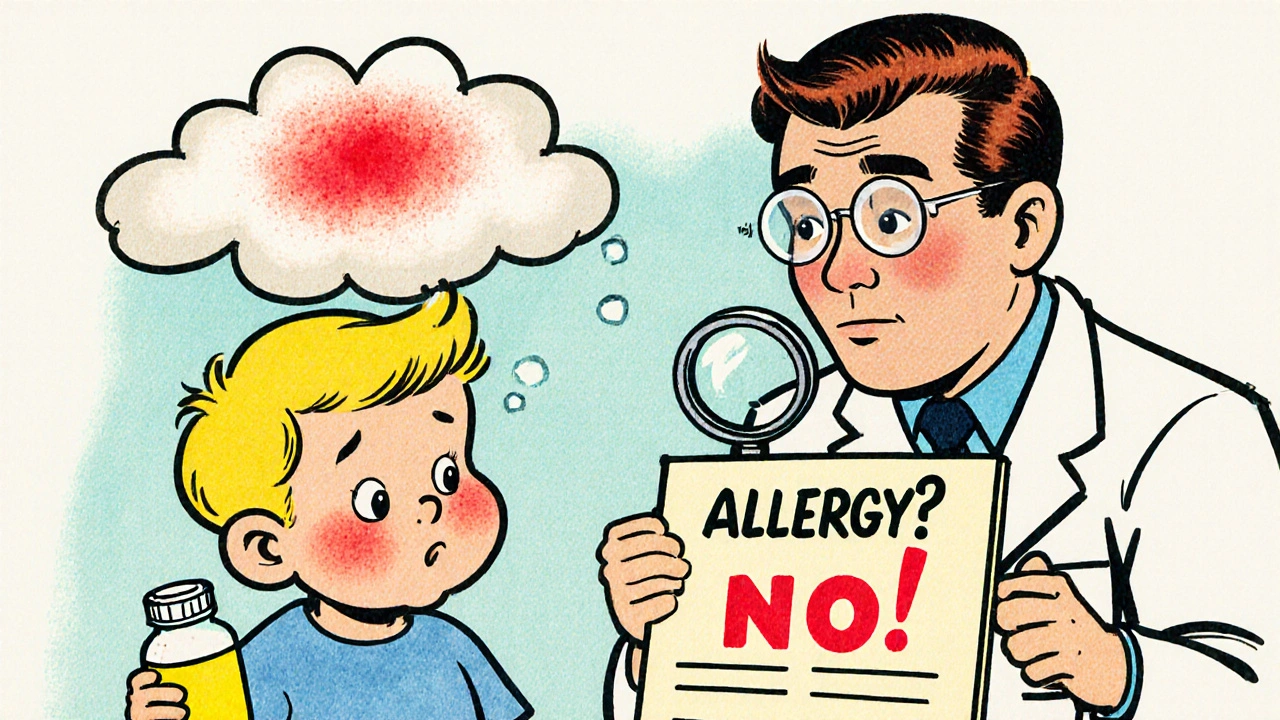
Penicillin Allergies vs Side Effects: What You Really Need to Know
- 11 Comments
- Nov, 21 2025
Most people who think they're allergic to penicillin aren't. Learn the difference between a true immune reaction and common side effects-and how testing can safely remove a dangerous medical label.
